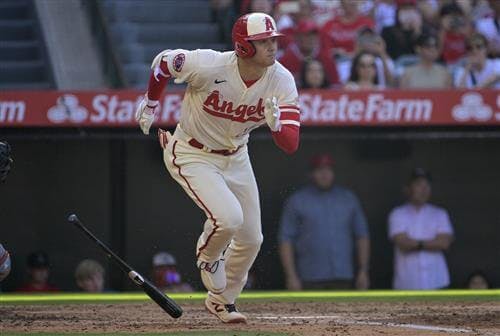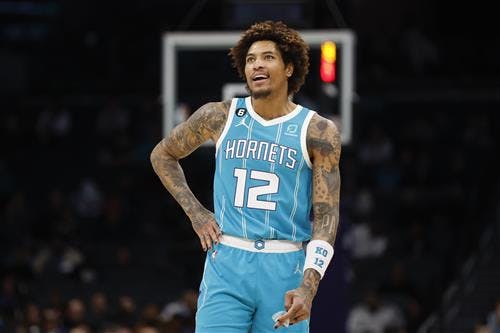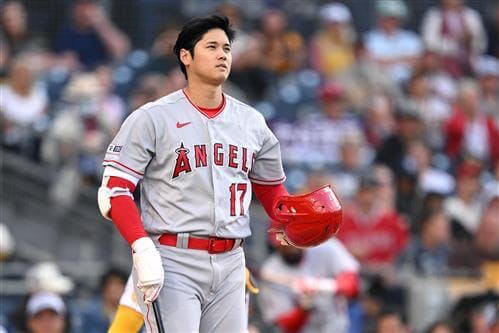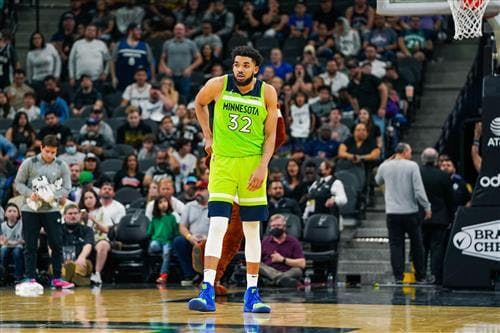This 2023 NFL draft class is unique in that it includes several undersized top prospects. While every year features outliers who don't fit the height and weight expectations for their positions, what makes this year's class different is that several of those players are toward the top of draft boards.
Alabama's Bryce Young is expected to be one of the first picks of the draft despite measuring in at 5'10" and 204 pounds at the NFL combine. Defensive linemen Nolan Smith from Georgia and Calijah Kancey from Pittsburgh also don't meet the prototypical size requirements but are expected to hear their names called early.
Even players who might be closer to the Day 2 category, like Boston College wide receiver Zay Flowers and TCU cornerback Tre'Vius Hodges-Tomlinson, are noteworthy prospects despite their physical limitations.
As we've seen throughout the years in the NFL, though, size does matter. How will these five undersized prospects make it in a league among giants?
Part of the answer is the scheme they would fit best in, which can apply to any prospect with a similar profile. The other part is specific to the individual player's style. We'll dive into both here to show how each guy can go from an undersized draft prospect to an NFL outlier.
Bryce Young
Young eased some size concerns at the combine by weighing in over 200 pounds. However, as outlined in B/R's NFL combine flops article, it is concerning that he didn't participate in the athletic testing at his new weight in Indianapolis.
A big part of his game and ability to avoid injury is that he moves in the pocket well and can evade hits, but we don't know if those movement skills will translate with the extra weight.
That will also have an effect on his scheme fit in the NFL.
With short or sub-six-foot quarterbacks like the Alabama product, the traditional dropback and full-field read passing schemes don't function properly. Fellow former Crimson Tide QB Tua Tagovailoa shed some light on this in September when he said: "I can't see because I'm not the biggest guy out there. If I can't see you ... I can't get you the ball."
It's difficult for shorter passers to get a clear picture of the middle of the field behind tall offensive linemen and a sea of defenders. One way to get around this is to have the quarterback take a deeper drop—say five steps instead of three—but then the timing of the play/routes is thrown off.
The way most offenses work around vertically challenged signal-callers is through bootlegs and half-field reads.
When the quarterback is moving on a boot, the play is almost always coupled with play action where the offensive line is working in the opposite direction of the quarterback. That means less obstruction of the quarterback's vision and a clear view of the field.
The passer must be good at throwing on the move and/or without having his feet set. That's one of Young's strengths, as highlighted in his scouting report, and why he would be a good fit in that type of system.
Half-side reads have made the move from college to the pro game over the last few years, partially because they make things simpler for the decision-maker. Instead of trying to see the entire field, the quarterback's options are limited to one side.
Shorter quarterbacks have fewer trees to look through, so to speak. Rather than peering through five offensive linemen and seven defenders, only two or three of each are in their view, creating a much clearer picture.
If Young picked up and thrived in Bill O'Brien's pro-style offense in Tuscaloosa, he should have no problems with a half-side scheme. Again, it's easier to learn.










